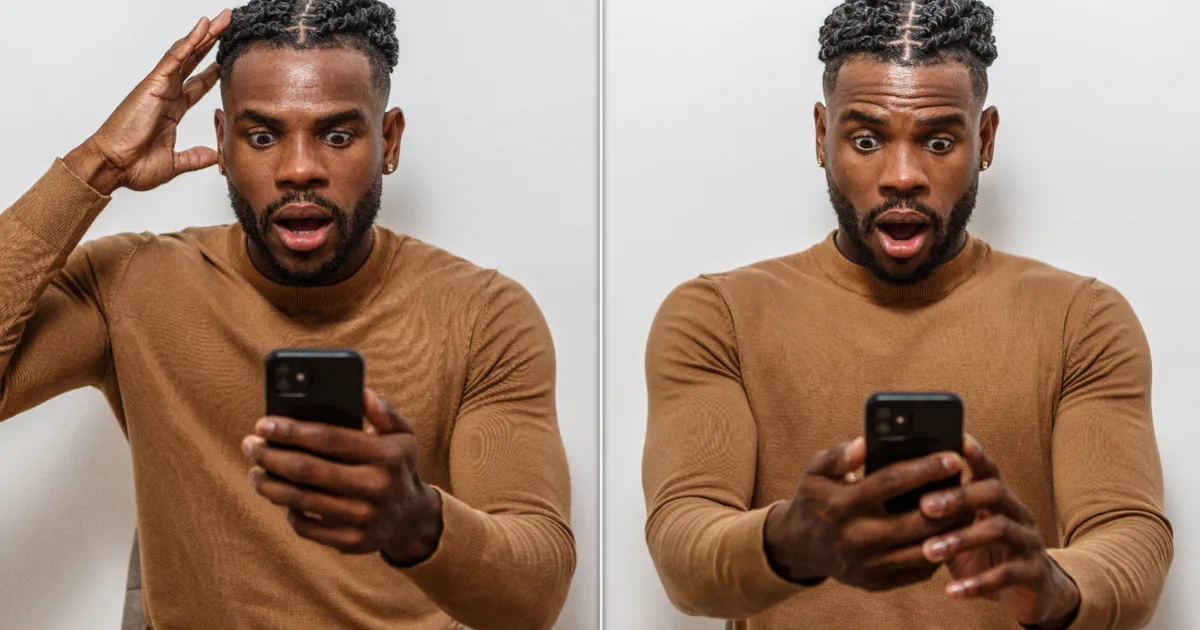Copyright Fast Company

Imagine a healthcare system where prevention is as seamless and natural as daily routines, where people no longer delay the care that keeps them healthy. Across the U.S., adults in small towns and big cities alike face the same hurdles: juggling family and work while navigating the complexities of the healthcare system. Preventive care often takes a back seat to pressing family and financial needs until an avoidable health emergency forces it into focus. While health is important to everyone, it is often deprioritized because of competing obligations, allowing small issues to become urgent or emergencies. Consider a working mother in her late 50s who faced severe respiratory complications from a disease that might have been prevented with vaccination. Focused on caring for her children and aging parents, she never got around to speaking with her provider about recommended vaccines. Or a 30-year-old in a “healthcare desert,” whose limited access to primary care meant he missed a flu shot, leading to illness and lost wages. These examples show that we need a new approach that meets people where they are, combining smarter tools with trusted relationships to make prevention more routine. A PERSONALIZED AND LOCAL APPROACH TO PREVENTIVE HEALTHCARE The optimal outcome of prevention is that nothing happens: people stay well, avoid hospitalization, and live healthier lives. But it’s difficult to show the value of something that never happens. Instead, U.S. healthcare costs are projected to hit $6.8 trillion by 2030, while only about 5% of total health spending is allocated to prevention. That gap reflects missed opportunities to reduce chronic disease, avoid hospitalizations, and improve lives, especially in historically marginalized communities. Prevention-powered health is the best investment for individuals, communities, systems, and economies. By shifting focus from illness management to risk reduction and early action, we can change the trajectory of health and strengthen long-term economic resilience. Realizing the full benefits of prevention means working across sectors and systems, pairing technology with trusted community touchpoints to bring healthcare into people’s daily lives. LITTLE NUDGES, BIG IMPACT One example of this approach is GSK’s EasyVax, a digital tool that brings vaccination into everyday life. EasyVax helps patients find nearby vaccination sites and get reminders for follow-up doses. As the first-ever U.S. scheduler for all recommended adult vaccines, EasyVax empowers people to book an appointment right from their smartphone with a simple QR code scan at their doctor’s office, or directly at easyvax.com, after a provider recommends it. This seamless connection between recommendation and action helps bridge a big gap in preventive care. Today, nearly 50% of people don’t follow through on vaccine recommendations after a doctor’s visit. Tools like EasyVax make it easier to take the next step. THE VALUE OF PREVENTION Investing in prevention yields a strong return not just in healthcare savings, but in productivity and quality of life. When people stay healthy, they can fully engage with family, work, and community life. Adult vaccination alone delivers a 19:1 return on investment by reducing healthcare costs and improving productivity. In the US, we spend over $9 billion each year on medical costs for vaccine-preventable diseases, 79% of which comes from unvaccinated adults. ENHANCING ACCESS THROUGH TAILORED COMMUNICATION Personalized experiences are now the norm in many areas of life, from curated shopping to custom entertainment. Healthcare should be no different. Technology can help deliver timely, personalized health messages that feel natural rather than intrusive whether through apps, digital health platforms, or trusted community providers. This might include getting a text reminder about a vaccine series or watching an educational video while waiting in line for prescriptions to be filled. The key is integrating health information into everyday routines, so it feels like support and not another task. By working with pharmacies to help deliver these touchpoints, GSK is helping ensure preventive care is more visible, more accessible, and more actionable in people’s daily lives. “Preventive care should be the easiest decision in healthcare and far simpler than an emergency room visit.” “Our goal is to make prevention more accessible by meeting people where they are, providing clear information, and removing barriers to care. By integrating data and technology across everything we do—from early research to delivery to patient access—we’re ensuring vaccines and medicines make it to people when and where they need them.” –Tim White Chief Digital and Tech Officer at GSK POWERING PREVENTION THROUGH TECHNOLOGY AND COLLABORATION In addition to consumer-facing tools, we have begun to engage with healthcare systems to see where we can appropriately collaborate to help make prevention easier and more effective at scale through use of data and digital integration. Our focus on public health is aligned to their desire to embed prevention into everyday care, whether during routine appointments, follow-up visits, or care transitions. advertisement As part of this work, we think about how data and tech can be applied before, during, and after a patient is prescribed our vaccines or medicines to better support managing health conditions and improving outcomes. By aligning these capabilities with system priorities and the needs of real people, this approach helps ensure that prevention isn’t just available, but accessible, timely, and personalized across communities. SCALING SUCCESS: PARTNERSHIP DRIVES IMPACT This model, combining technology, trusted partners, and personalized engagement, offers a blueprint for a prevention-first system. GSK is committed to scaling these efforts, advancing pilot programs, and collaborating across the healthcare ecosystem to reduce preventable illness and ease the burden on our health system. Looking ahead, GSK will continue investing in tech solutions that move us toward a proactive, prevention-centered model of care, especially for those too often left out of traditional systems. Prevention doesn’t just extend life—it expands what’s possible within it. By meeting people where they are and putting their needs first, we can build a future where everyone has the opportunity to live well, longer. Sources: https://www.cms.gov/newsroom/press-releases/cms-office-actuary-releases-2021-2030-projections-national-health-expenditures https://www.oecd.org/en/publications/health-at-a-glance-2023_7a7afb35-en/full-report.html https://www.japha.org/article/S1544-3191(22)00233-3/fulltext https://www.oecd.org/en/publications/health-at-a-glance-2023_7a7afb35-en/full-report.html https://www.nature.com/articles/s41586-021-03843-2 https://www.mckinsey.com/industries/healthcare/our-insights/prioritizing-health-a-prescription-for-prosperity



